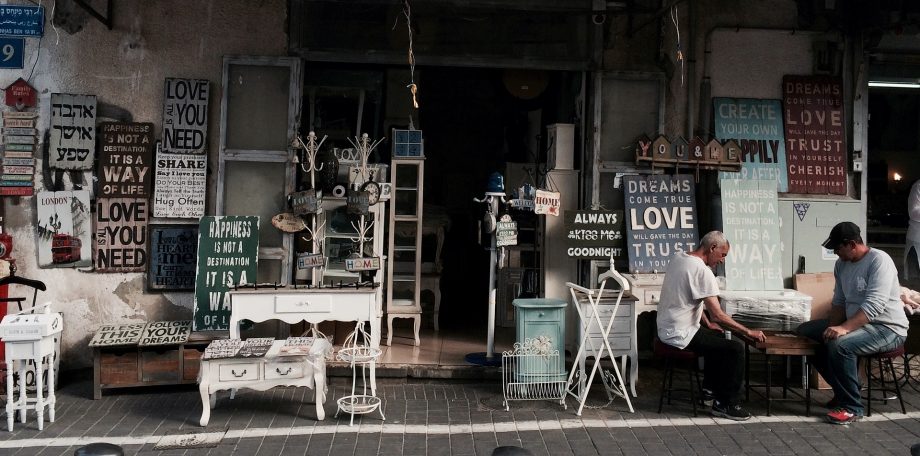Strategies to increase sales in your first retail space
Venturing out into the retail world can be a bit of a fearful experience. Getting the space set up can be a daunting task. When you set up your interior space, there are a few considerations which you should keep in mind to maximize the potential of sales. Implementing the basic strategies of retail interior design will increase your potential for sales, draw customers into your store, and extend the amount of time that people spend browsing your goods. Here is how to go about setting up your first retail space.
Registers should go in the back of the store
If you look at the mega superstores, grocery stores, and warehouses, you will note that the registers are at the front of the store. This has led to the misconception by many small businesses that their registers should be at the front of the store as well. This is not always true. The large stores and warehouses put their registers at the front as a means of shuffling people out of the store and also as a security measure to keep people from shoplifting and running out of the store. If you have 50,000 square feet of space packed full of product, then yes, put your registers at the front. However, if you are like most small retail stores, the space is limited and you can probably see clearly from the front to the very back of the space.
Putting the register in the back forces the customer to go through the retail space. They have to look at the product and navigate around the merchandise to get to the register. You do not want to create a maze to the register, but you do want to avoid having a straight line to the back. By having them walk around the store they are more prone to buy products they see.
Set up the front so that your top selling items are on the left
Pushing a product? Put the item on the left-hand side of the store as a person enters. People read from left to right, and visually we tend to view a space in the same method. The left is where the eye naturally goes first. If you want to have an item grasp a person’s attention, put it on the left hand side of the store in a catchy display. On the right you should put merchandise which is not a top selling product, or those products which you carry but are hard sells.
Keep the circle method in mind when you set up your retail space, you want the eye to go from the left to the right to the back and then return to the left. It encourages browsing if the person has to go about the store to get products. Ever wonder why mega stores put the groceries on one side but the cookware on the other? This is why.
Paint the space in neutral colors and accent the walls with accent pieces
Neutral colors are the best for a retail space. You do not want to go with pure white as you will give an antiseptic or medical feel to the room. Black is too dark and not inviting. Eggshell yellow, tans, and even light blues tend to do well as an interior color. However, to break up the monotonous feel that a solid painted wall can give off, accent the walls with highlight pieces. There are several ways in which you can do this. You could:
- Put black and white photos of the community or your production of the product on the wall
- Have abstract art
- Put up mirrors to make the space look bigger
- Unique light fixtures can be added at an appropriate level
- Shelving and displays
Avoid falling into Stereotypes
Small businesses must avoid falling into the stereotype of their respected retail genre. If your business looks just like the established competitor, the potential client will go to the established competitor. You have to be unique and creative. At the same time do not be so bold as to push people away. Think of whether or not the space is inviting. What draws the person in? What are the key eye focal points of the store? Is the lighting in the space adequate to clearly see the product? How are your prices displayed?
Think of the stores which you prefer to shop and then take the top qualities of those spaces and apply them to your methodology of your interior design. The bottom line is that it is your retail space and your profits which are being put at risk. Ensure that you make the space your own and that it encourages sales.


